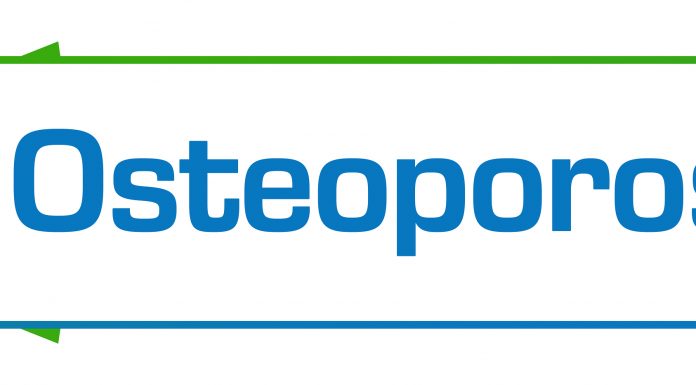The fusion of technology and traditional piano teaching methods marks a significant evolution in the realm of music education. This intersection brings together the best of both worlds, combining the timeless techniques of classical piano instruction with the innovative possibilities offered by modern technology. It represents a paradigm shift in how piano skills are imparted, learned, and refined.
In this new era, digital tools and platforms are not replacing traditional methods but enhancing them, offering students and educators alike a more versatile, engaging, and comprehensive approach to piano learning. This blend of old and new opens up a plethora of opportunities for personalization, accessibility, and interactive learning, making the journey of mastering the piano more dynamic and adaptable to the needs of today’s learners. As we delve into this hybrid landscape, we uncover how the integration of technology with traditional teaching methods is reshaping piano education for the better.
Evolution of Traditional Piano Teaching Methods
The evolution of traditional piano teaching methods has been through the adaptation, innovation, and integration, reflecting the changing times and technological advancements. Historically, piano teaching was grounded in face-to-face instruction, focusing on techniques, scales, classical pieces, and often following a set curriculum. Lessons were typically one-on-one with a teacher, emphasizing reading sheet music, finger placement, posture, and rhythm.
Over time, these traditional methods began to evolve. The advent of books and sheet music democratized learning, making resources more widely available. Audio recordings later allowed students to hear pieces performed, which was a significant step in understanding musical expression and dynamics.
Emergence and Adoption of Technology in Piano Education
The actual shift started during the digital revolution, where the advent of the internet, software, and applications has created fresh opportunities for engaging in piano lessons. The use of digital tools has enhanced the accessibility, interactivity, and enjoyment of piano education. Traditional teaching methods are now complemented by online tutorials, virtual keyboards, and interactive apps, offering immediate feedback, a variety of learning materials, and even incorporating gamified learning experiences.
The rise of online platforms has facilitated remote learning, connecting students with teachers worldwide and offering learning opportunities irrespective of geographical limitations. These platforms often include community features, allowing for peer interaction and learning, which was not typically a part of traditional piano education.
Today, the integration of technology with traditional methods has led to a more holistic approach to piano teaching. This modern approach not only focuses on technical skills but also fosters creativity, improvisation, and personal musical expression. The evolution of piano teaching methods demonstrates an adaptive and inclusive approach to music education, catering to the diverse needs and preferences of today’s learners.
Interactive Learning Apps and Online Platforms
Interactive learning apps and online platforms have revolutionized the landscape of education, particularly in areas like music learning. These digital tools offer an immersive and engaging approach to acquiring new skills, including playing musical instruments like the piano.
Interactive Learning Apps:
Real-Time Feedback: Many apps analyze playing in real-time, offering instant feedback on accuracy, timing, and technique. This feature accelerates the learning process by immediately correcting mistakes.
Gamification: Gamification elements, such as scoring systems, levels, and rewards, make learning more engaging and fun, especially for younger students.
Customizable Learning Paths: Apps often allow users to set goals and customize their learning paths, adapting to different skill levels and learning speeds.
Wide Range of Repertoire: Users have access to a diverse library of music, spanning various genres and difficulty levels, which keeps the learning experience fresh and exciting.
Online Platforms:
Access to Expert Instruction: Online platforms connect learners with experienced instructors from around the world, providing access to high-quality teaching that might not be available locally.
Flexible Scheduling: Learners can schedule lessons at their convenience, making it easier to fit practice into busy lifestyles.
Community Features: Many platforms include forums, discussion groups, and the ability to share performances, fostering a sense of community among learners.
Supplementary Resources: In addition to lessons, these platforms often offer a wealth of additional resources, including theory lessons, ear training exercises, and practice tools.
Both interactive apps and online platforms represent a significant shift from traditional educational methods, offering a more personalized, convenient, and dynamic approach to learning music. They not only cater to the digital-savvy generation but also open up new possibilities for anyone looking to explore the world of music.
Digital Sheet Music and Score Apps
Digital sheet music and score apps have transformed the way musicians access and interact with musical scores. These modern tools offer a digital alternative to traditional paper sheet music, bringing a range of innovative features and conveniences to both amateur and professional musicians.
Here are some examples of digital sheet music and score apps that have gained widespread use among musicians:
- Forscore:
- Renowned for its user-friendly interface, Forscore allows musicians to annotate, organize, and access their sheet music on iOS devices. It offers features like automatic page-turning, setlist management, and score editing.
- MuseScore:
- MuseScore is both a notation software and an app, allowing users to create, play, and print sheet music. It’s known for its extensive library of user-submitted scores and compatibility with multiple platforms.
- Sheet Music Direct:
- Powered by Hal Leonard, this app offers a vast collection of digital sheet music for various instruments. Users can buy and download scores from a wide range of genres.
Final thoughts
The merging of technology with traditional piano teaching is like blending the best of two worlds. On one side, we have the tried-and-true methods that have taught generations of pianists. On the other, we have exciting, new tech tools that make learning more fun and interactive. This combination is making piano lessons more interesting and accessible for everyone. It’s a perfect match of old and new, ensuring that the joy and skill of playing piano continue to thrive and reach even more people in today’s digital world.






















